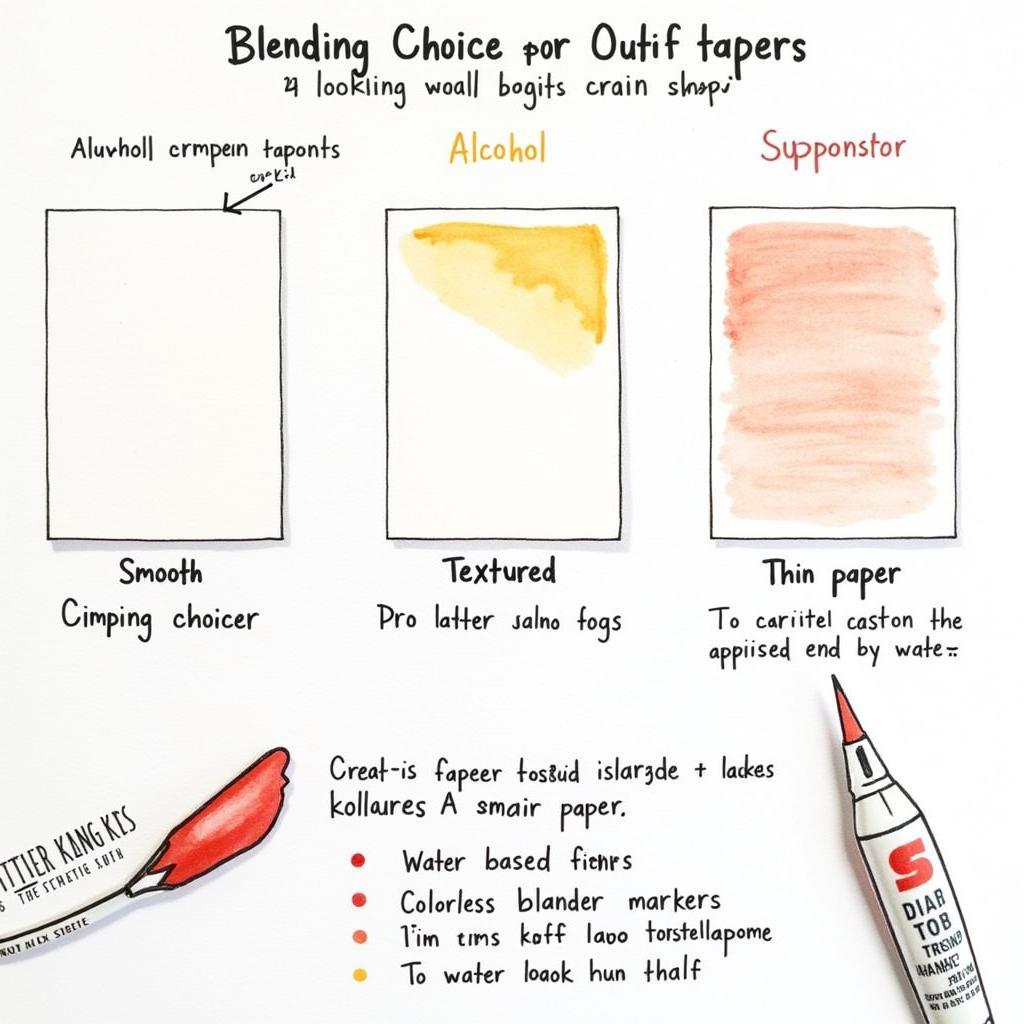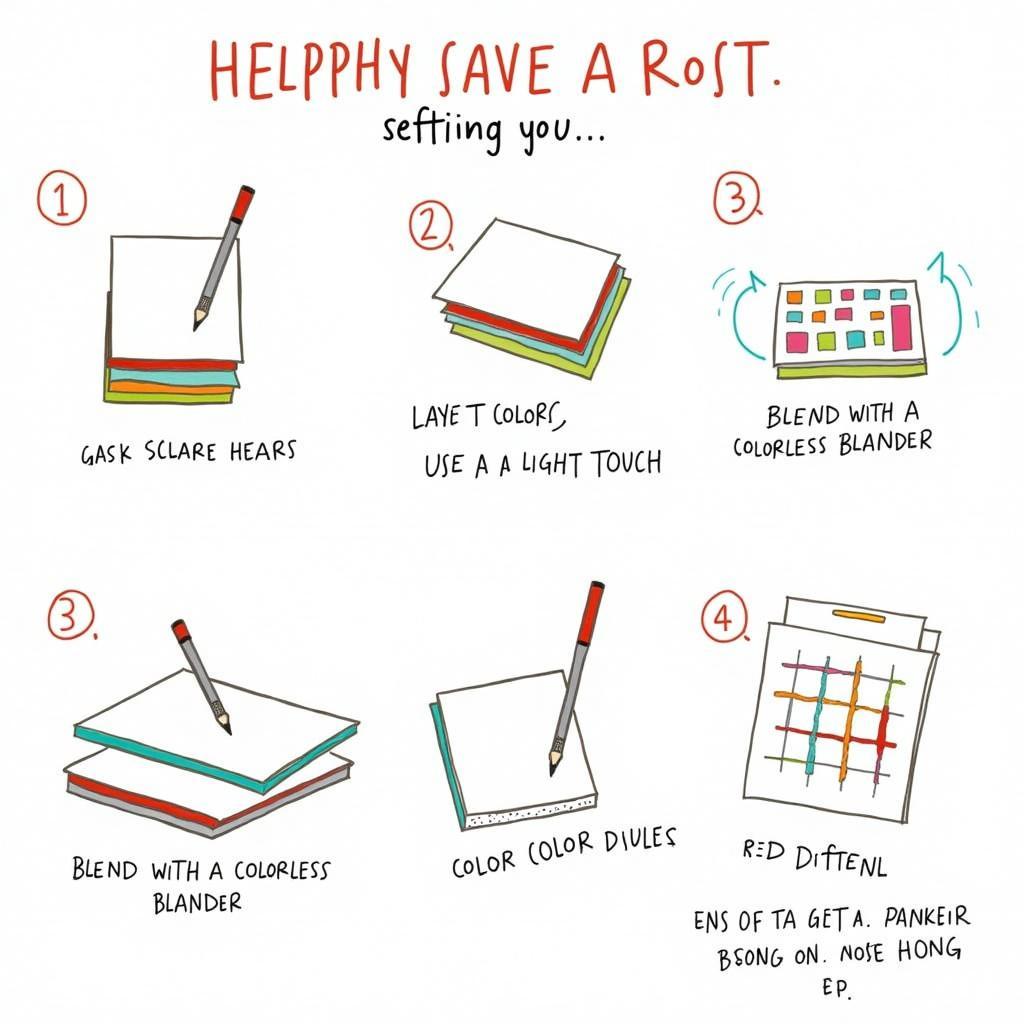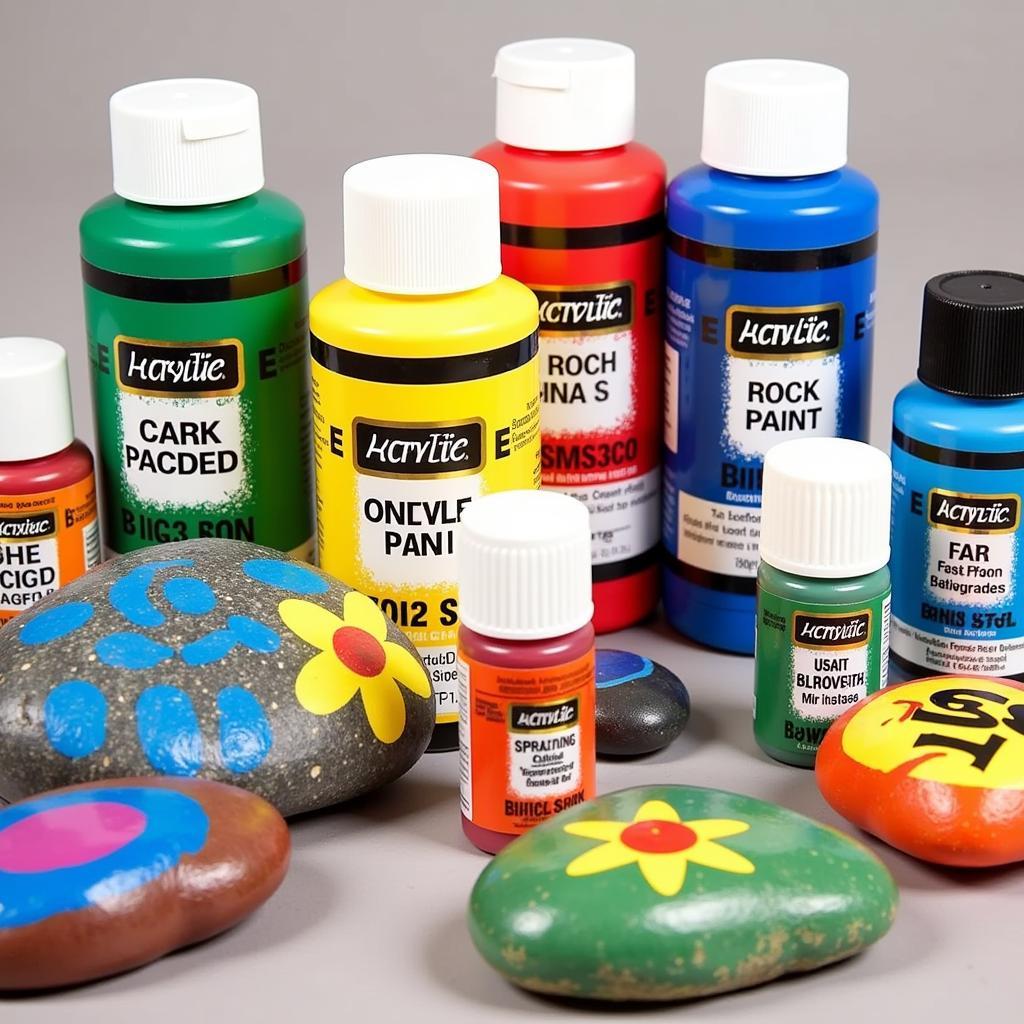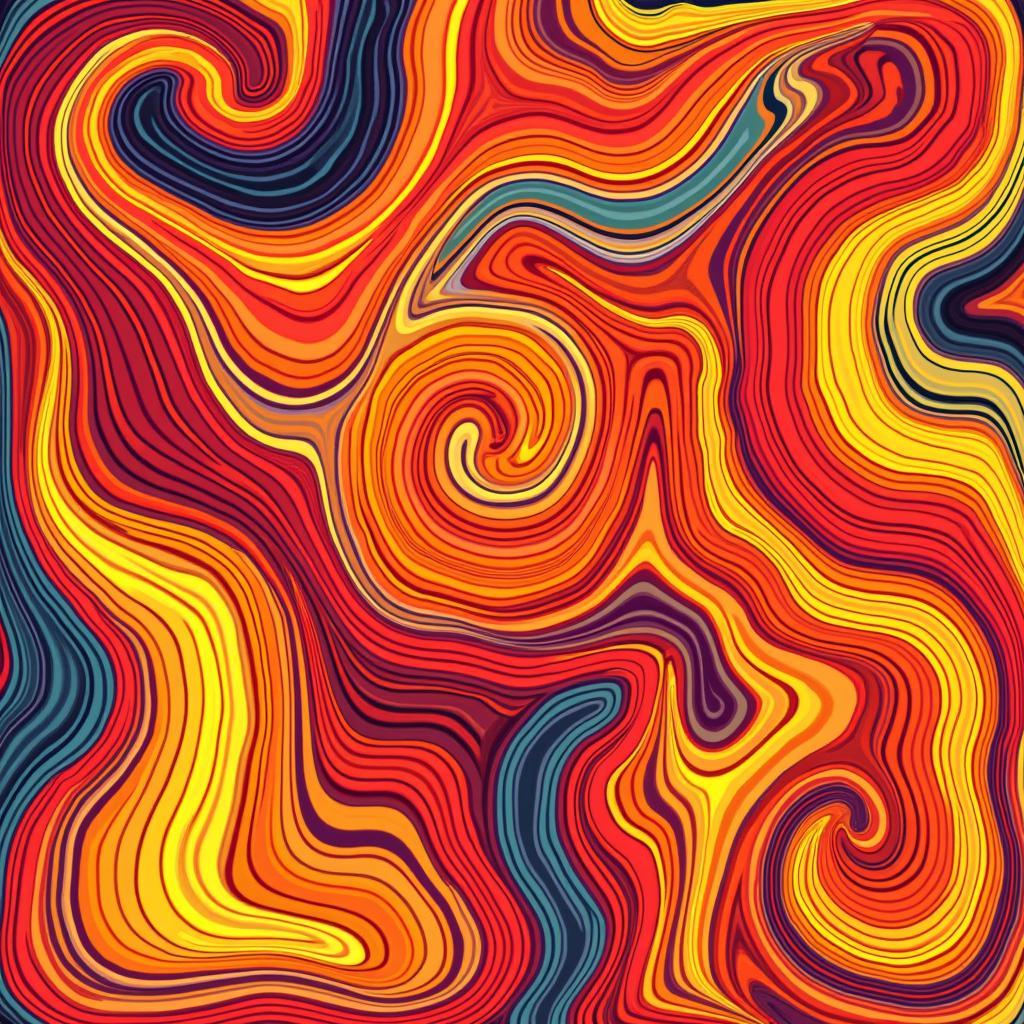Unleash Your Creativity with Color Marker Art
Color Marker Art is experiencing a vibrant resurgence, captivating artists of all skill levels with its versatility and brilliant hues. From quick sketches to intricate illustrations, color markers offer a dynamic medium for creative expression. Whether you’re a seasoned artist or just starting your artistic journey, this guide will equip you with the knowledge and inspiration to explore the exciting world of color marker art. Dive in and discover the techniques, tips, and tools to bring your artistic vision to life. You might be surprised by what you can create with these seemingly simple tools. Learn how to choose the right markers, master essential techniques, and unlock the full potential of color marker art.
Getting Started with Color Marker Art
Choosing the right color markers is the first step in your color marker art adventure. There’s a wide range of markers available, from alcohol-based markers known for their vibrant colors and blendability to water-based markers that offer a softer, more subtle effect. Consider your artistic style and the type of projects you envision when selecting your markers. Alcohol-based markers are perfect for illustrations and vibrant artwork, while water-based markers are ideal for lettering, calligraphy, and projects where a softer touch is desired. art watercolor markers offer a unique blend of vibrant color and water-based versatility.
Experimenting with different paper types is also crucial. Smooth, thick paper is recommended for alcohol-based markers to prevent bleeding and feathering. Thinner paper might be suitable for water-based markers, but testing is always recommended. A good quality paper will enhance the vibrancy of your colors and make blending easier.
Mastering Color Marker Techniques
Blending is a fundamental technique in color marker art. Learn to seamlessly blend colors together to create smooth transitions and depth. With alcohol-based markers, you can use a colorless blender marker to soften edges and create gradients. Overlapping colors can also achieve a blending effect. Water-based markers blend easily with a brush and water.
Layering is another essential technique for building depth and complexity in your artwork. Start with lighter colors and gradually layer darker shades to create dimension and highlights. Experiment with different layering combinations to achieve unique color effects. Don’t be afraid to experiment and see what happens!
 Color Marker Blending Techniques on Different Paper Types
Color Marker Blending Techniques on Different Paper Types
Developing your own style is what makes color marker art so exciting. Don’t be afraid to experiment with different techniques, color palettes, and subject matter. Find what inspires you and let your creativity flow. There’s no right or wrong way to create art with color markers. Embrace your unique style and create artwork that reflects your vision.
Exploring Different Color Marker Art Styles
Color markers are incredibly versatile and can be used for a wide range of art styles. From realistic portraits to whimsical illustrations, the possibilities are endless. Explore different styles and find what resonates with you. Consider trying your hand at detailed illustrations, expressive lettering, or abstract art.
Finding inspiration for your color marker art can come from anywhere. Look to nature, everyday objects, photographs, or even other artists’ work for ideas. Keep a sketchbook handy to jot down ideas and sketches whenever inspiration strikes. Visiting art galleries, museums, or browsing online art communities can also spark your creativity. shuttle art markers color chart can inspire you with their extensive range of hues.
Tips and Tricks for Color Marker Art
- Start with a light hand: Applying color in light layers allows you to build up the intensity gradually and avoid harsh lines.
- Use a blending solution: A colorless blender marker or water can help you create smooth transitions and soften edges.
- Experiment with different paper types: The type of paper you use can significantly impact the final result.
- Protect your work: Use a fixative spray to prevent smudging and fading.
Remember, practice is key to mastering any art form. The more you experiment with color markers, the more confident and skilled you’ll become. Don’t be discouraged by mistakes; they’re a natural part of the learning process. Embrace the journey and enjoy the creative process. art supplies for teens can be a great resource for getting started.
 Effective Techniques for Utilizing Color Markers
Effective Techniques for Utilizing Color Markers
Conclusion
Color marker art offers a vibrant and versatile medium for artistic expression. Whether you’re a beginner or an experienced artist, the possibilities are endless. By understanding the different types of markers, mastering essential techniques, and exploring various art styles, you can unlock the full potential of color marker art and bring your creative vision to life. So, grab your color markers and embark on your artistic journey! art for adults coloring book can offer inspiration and practice.
FAQ
- What are the best color markers for beginners?
- How do I prevent color markers from bleeding?
- What type of paper is best for color marker art?
- How do I blend color markers effectively?
- What are some common color marker techniques?
- Where can I find inspiration for color marker art?
- How do I store color markers properly?
Common Scenarios & Questions:
-
Scenario: My color markers are bleeding through the paper. Question: What can I do to stop this? Answer: Try using thicker paper specifically designed for markers or place a sheet of cardstock underneath your drawing paper.
-
Scenario: I’m having trouble blending my colors smoothly. Question: Are there any tips for better blending? Answer: Use a colorless blender marker or, if using water-based markers, a water brush can help create seamless transitions.
-
Scenario: I want to create a gradient effect. Question: How can I achieve this with color markers? Answer: Apply the lighter color first, then gradually layer the darker color over it, blending where the two colors meet.
More Resources
Check out these additional resources for inspiration and guidance: vision board word art.
Contact Us
Need assistance with your color marker art journey? Contact us! Phone: 02462573573, Email: danteum@gmail.com or visit us at Savico Megamall, 7-9 Đ. Nguyễn Văn Linh, Gia Thụy, Long Biên, Hà Nội 10000, Việt Nam. We offer 24/7 customer support.


